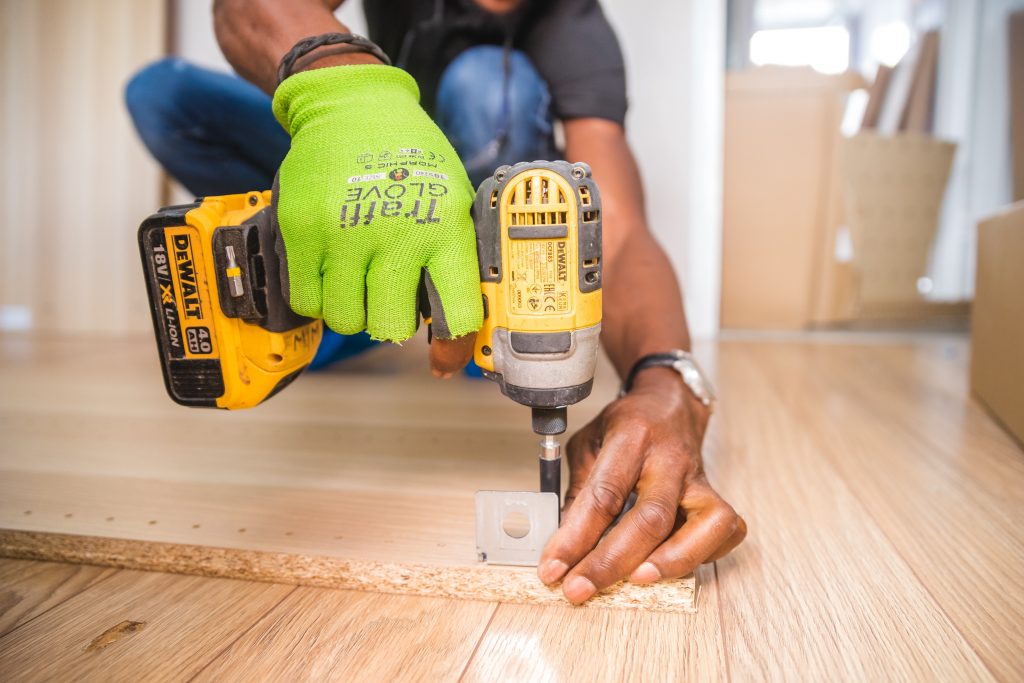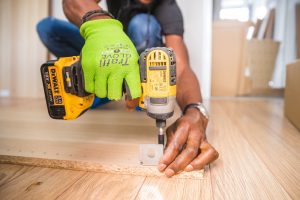My husband and I have been talking about renovating our home since we moved in five years ago. This summer, the time was finally right: We felt financially and emotionally ready to undertake this huge project.
When we started thinking seriously about our renovation, we had many conversations with family and friends who’ve updated their homes. It was rarely a positive experience, and it was difficult for us to understand all the steps involved. We struggled to find reliable information that would help us prepare.
This summer, I’ll be walking readers through our renovation in detail — the steps we took, the challenges we faced, and even the mistakes we made — in other words, everything I wish I had known before we started.
Could We Afford to Renovate?
Because I’m a financial advisor, I spent a lot of time trying to figure out whether we could “afford” this. I put “afford” in quotes because everyone has a different definition of what that means, depending on their saving and spending habits and other financial goals.
For us, affording the renovation meant undertaking it without reducing how much we save for retirement, put into investments, and set aside for things we enjoy doing, like travel. After multiple meetings with our financial advisor, I felt fairly confident that we could afford these changes.
Early on, we realized it was going to be difficult to estimate how much our renovation would cost. Our home is older and we don’t know what is behind the walls. Permit costs can vary widely depending on the type of work. The estimates we received covered a huge range, which made it very difficult to figure out what “affording this renovation” would actually mean — particularly for me, as someone who has a lot of anxiety around money.
Initially, we planned to use a home equity line of credit, which would naturally limit our budget because we could only take out the amount that we had available in our line. We planned to pay the full loan back within a few years.
However, we realized it would be cheaper if we could do all of our renovations at the same time, rather than tackling one project at a time. It’s also easier for our family: We’re renting another home for a few months while work is completed.
Taking Out a Construction Loan
Instead of a HELOC, we decided to use a construction loan to finance our project. Essentially, when you take out a construction loan, you refinance your home based on the estimated post-renovation value. The difference between your existing mortgage and the estimated new value funds the construction process. Whatever you don’t use can be applied at the end of the process as a principal-only mortgage payment.
A construction loan is similar to a cash-out refinance in that it takes advantage of the increased value of your home. The difference is that, with a construction loan, you refinance before making improvements so you can draw upon the difference. A cash-out refinance draws on equity you’ve already built, not equity you expect to build.
Getting a construction loan was a challenging process in itself. First, we needed to find a licensed general contractor who could create a detailed cost breakdown of the renovation. We had to provide that breakdown to the bank as part of the underwriting process.
Next, we had to have the home appraised. Appraisals are tricky and are largely based on the value of similar homes that have recently sold nearby. If you’re totally gutting your home, don’t be surprised if the appraiser doesn’t even go inside, and instead bases their estimate entirely on comps.
Our loan value was based on the appraised value times 80%. To use an example with round numbers, if our home were to appraise for $1 million after the renovation, we could borrow up to $800,000. If we had $500,000 left on our mortgage, that would leave $300,000 for renovations. Note that loan-to-value requirements can vary from bank to bank.
Our loan is interest-only for the first 12 months. Then it will convert to a standard principal and interest mortgage payment. Fortunately, we locked in our mortgage rate at the start, so we won’t have to worry about our rate fluctuating during the renovation.
Note, too, that while you’re renovating, your homeowners insurance policy will need a specific rider to cover the builder’s risk. Most carriers do not offer this. Early in the process, review your insurance policy and talk to your lender about what additional coverage you need to secure financing.
So far, renovation has largely been about patience. Every part of the process has required more research and planning than we expected, and I understand why we were warned to double every timeline estimate. But we are very excited to begin construction — and I’m looking forward to sharing what we learn along the way!




